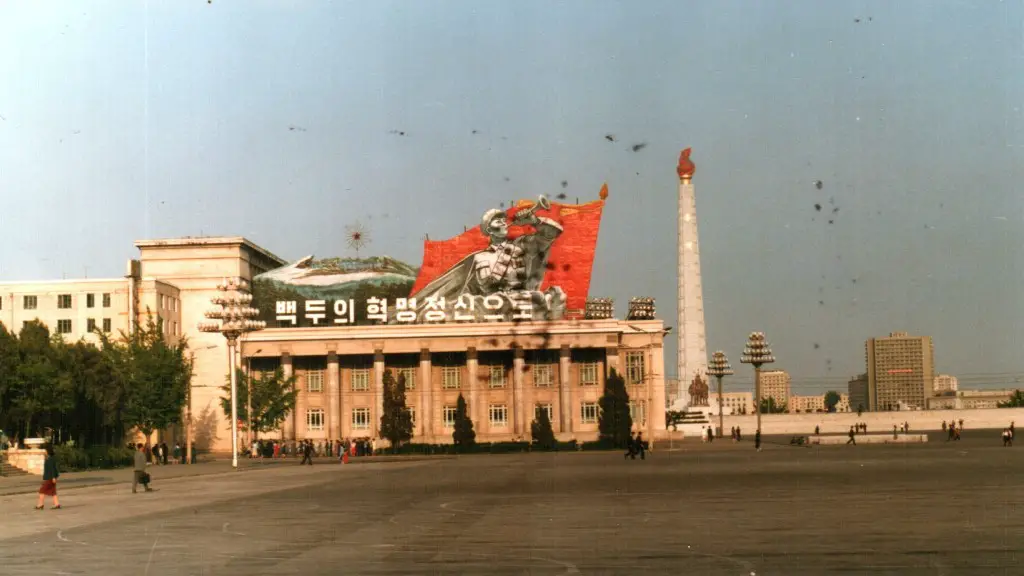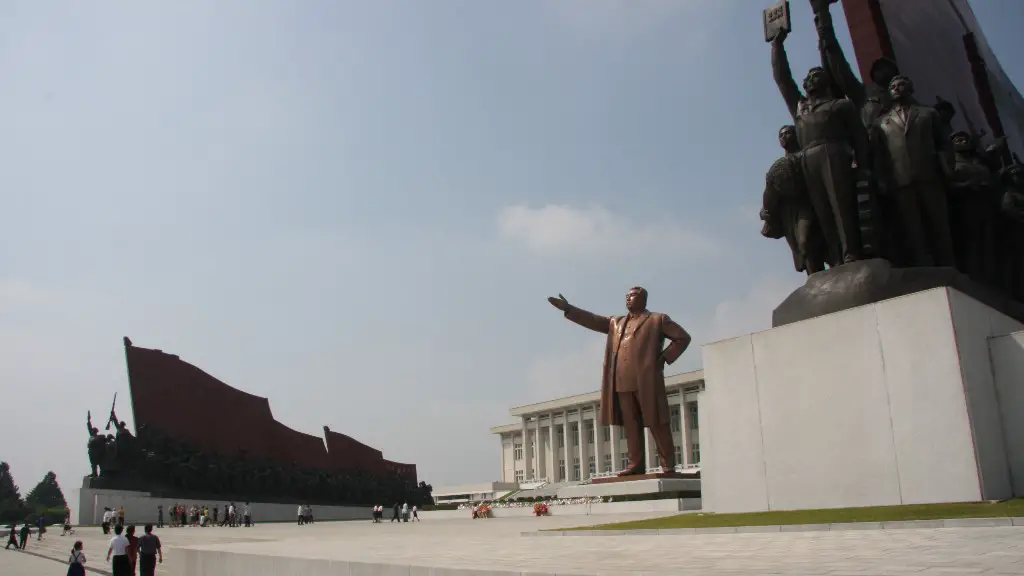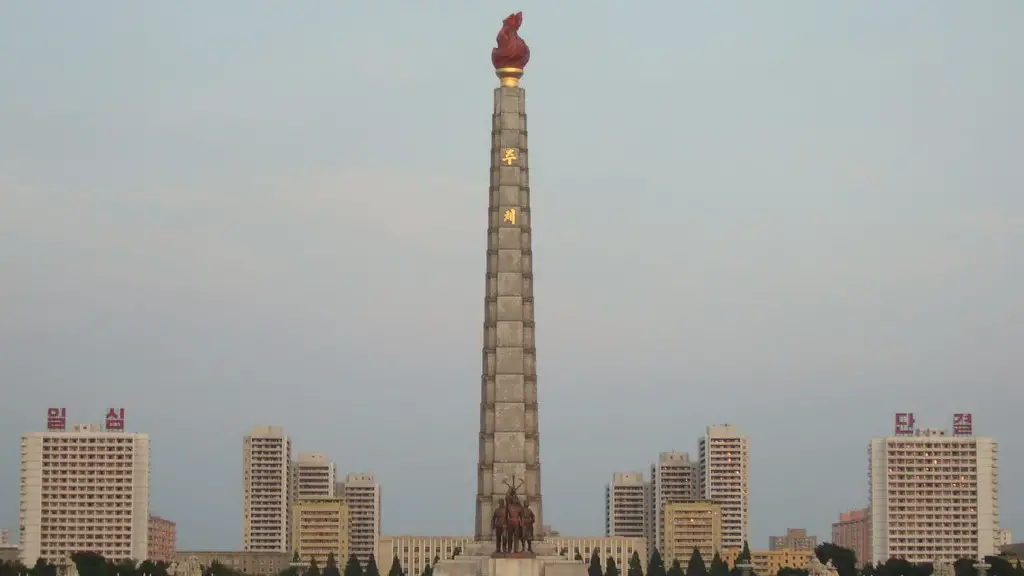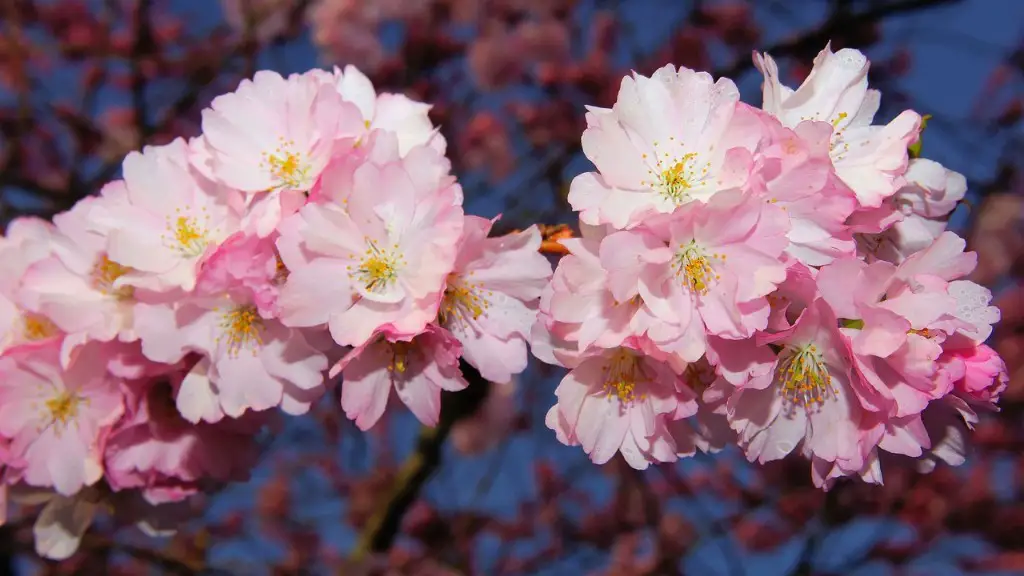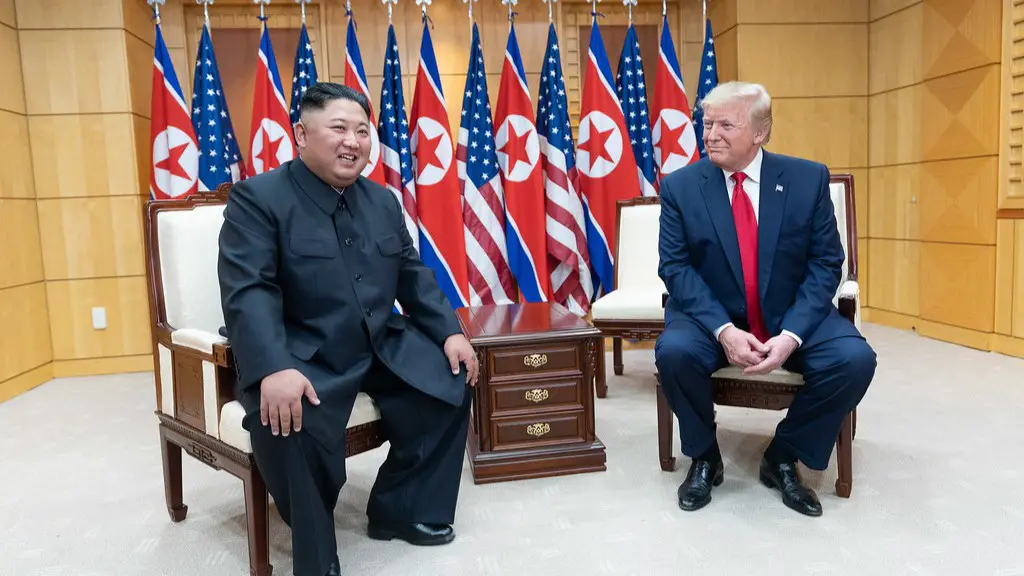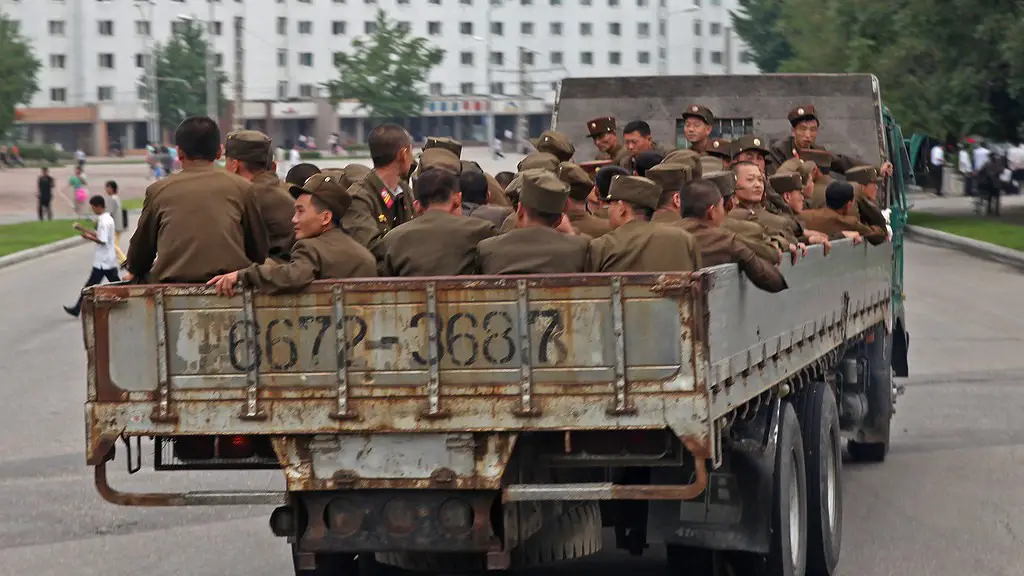North Korea is a communist state which is often referred to as a dictatorship. The country is ruled by the Kim family, with Kim Jong-un as the current leader. North Korea has a population of about 25 million people and is located in East Asia.
Yes, North Korea is officially a republic. It is called the Democratic People’s Republic of Korea.
Is North Korea a democracy or a republic?
North Korea’s political system is based on the principle of centralization. The constitution defines North Korea as “a dictatorship of people’s democracy” under the leadership of the Workers’ Party of Korea (WPK), which is given legal supremacy over other political parties. The WPK is the only party allowed to exist in North Korea and its members hold all key government and military positions. North Korea’s government is highly centralized, with power concentrated in the hands of the WPK and its leader, the Supreme Leader. The Supreme Leader is the head of state, the head of government, and the commander-in-chief of the armed forces. He is elected by the WPK Central Committee, and his rule is legitimized by the constitution. The government is responsible for implementing the policies of the WPK and ensuring the stability of the regime. The WPK is the only party allowed to exist in North Korea and its members hold all key government and military positions. The party controls all aspects of life in North Korea, and its policies are implemented through a network of government agencies and party-controlled organizations.
Since the end of economic aid from the Soviet Union after its dissolution in 1991, North Korea has struggled to maintain its economy. The impractical ideological application of Stalinist policies in North Korea over years of economic slowdown in the 1980s and receding during the 1990s has left the country in a difficult position. North Korea continues to nominally uphold Communism, but has replaced its focus on the Soviet Union with a more nationalistic approach.
Is North Korea part of Republic of Korea
Since the end of World War II, the Korean Peninsula has been divided at or near the 38th parallel, with North Korea (Democratic People’s Republic of Korea) comprising its northern half and South Korea (Republic of Korea) comprising its southern half. The division of the peninsula is a result of the Allied victory over Japan in 1945, which led to the Soviet Union occupying the northern half of the peninsula and the United States occupying the southern half. The two halves of the peninsula were subsequently divided into two separate countries, with North Korea becoming a communist state and South Korea becoming a democratic state.
The official name of South Korea is the Republic of Korea (ROK). That is because its government claims to be in charge of the whole of Korea and does not recognize North Korea as separate. The ROK government is headed by a president, who is elected to a five-year term.
Is North Korea a free country?
The North Korean constitution does guarantee the freedoms of speech and assembly, however in practice, other clauses such as the requirement to follow a socialist way of life, take precedence. This means that citizens are not able to fully exercise their rights to freedom of speech and assembly, and are instead required to conform to the socialist lifestyle. While this may be seen as restrictive, it does ensure that North Korea remains a socialist state.
North Korea is a state that is governed by a single party, the Workers’ Party of Korea. The country has been described as a totalitarian dictatorship, and its elections have been described as sham elections by independent observers. The country has a cult of personality around the Kim family, and the family has held onto power for generations.
The CCP believes that despite the existence of private capitalists and entrepreneurs, China is not a capitalist country because the party retains control over the direction of the country. They believe that controlling the direction of the country is necessary to maintain a socialist course of development.
The Marxist–Leninist states, also known as the communist states, are a group of countries that follow the Marxist–Leninist ideology. This ideology is based on the ideas of Karl Marx and Vladimir Lenin, and aims to create a classless and stateless society. There are currently four Marxist–Leninist states in the world: China, Cuba, Laos, and Vietnam.
What countries are Communist
The existing communist states in the world today are China, Cuba, Laos, Vietnam, and North Korea (DPRK). These communist states often do not claim to have achieved socialism or communism in their countries but to be building and working toward the establishment of socialism in their countries.
The Democratic People’s Republic of Korea was founded by Kim Il-sung on September 9, 1948. The Soviet Union immediately recognized the new country, but the United States did not. The United States has never formally recognized the DPRK, although it has maintained informal diplomatic relations with the country since the 1950s.
Who rules North Korea now?
Kim Jong-un is the first leader of North Korea to have been born in the country after its founding in 1948. He is the son of Kim Jong-il, who was the leader of North Korea from 1994 to 2011, and the grandson of Kim Il-sung, who was the country’s first leader. Kim Jong-un was formally appointed as the leader of North Korea in 2012, after his father’s death.
The history of North and South Korea is one of conflict and division. The two countries share a language and traditional culture, but political tensions have kept them divided for almost 70 years.
Is South Korea a democracy or dictatorship
The ruling and opposition parties in the Republic of Korea came to an agreement on a democratic constitution that included provisions for a directly elected president. This constitution was then ratified in a referendum, and as a result, the Republic of Korea became a democratic republic through peaceful compromise. This is an important event in the history of the Republic of Korea, as it represents a successful transition to democracy through peaceful means.
Since the US policy toward Korea during World War II was to prevent any single power’s domination of Korea, it can be reasonably concluded that the main reason for the division of Korea was to halt the Soviet advance south of the 38th parallel.
What do south Koreans call North Korea?
Hanguk refers to the Korean peninsula as a whole, while Namhan and Bukhan refer to South and North Korea specifically.
Since the United States does not have diplomatic relations with North Korea, the US government cannot provide customary consular services to US citizens in North Korea. The North Korean government has detaine3d US citizens without charge or trial, and subjecting them to harsh conditions, for reasons related to their perceived political views. There have been reports of detainments of US citizens who were part of organized tours. Due to the risks associated with travel to North Korea, the US government strongly recommends against it.
Final Words
No, North Korea is not a republic.
Although North Korea calls itself a republic, it is not one in the true sense of the word. The country is tightly controlled by the ruling party, and individual rights are limited. North Koreans do not have the freedom to choose their own leaders, and the government controls what information they are allowed to access. For these reasons, North Korea cannot be considered a republic.
